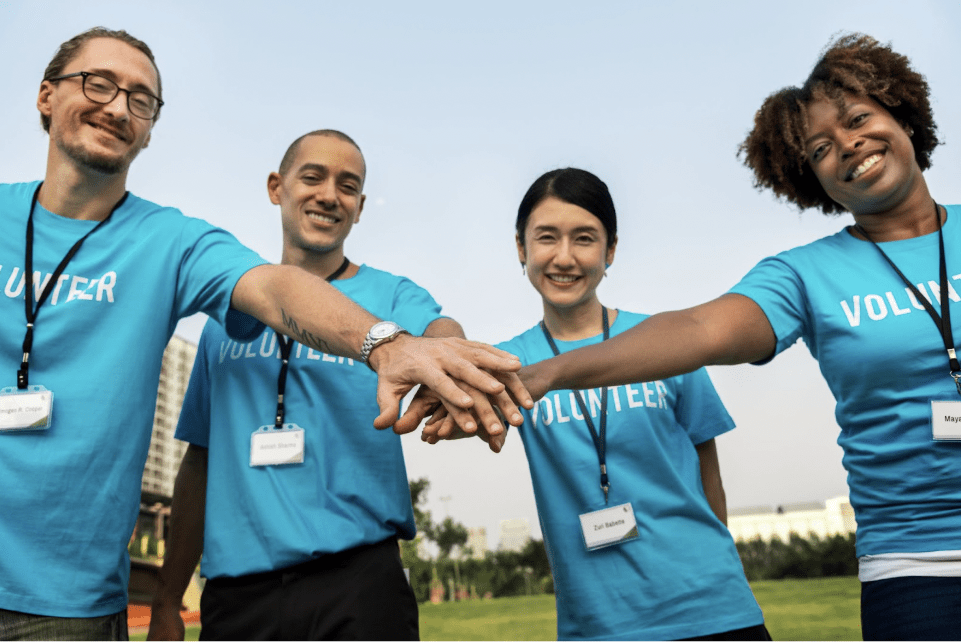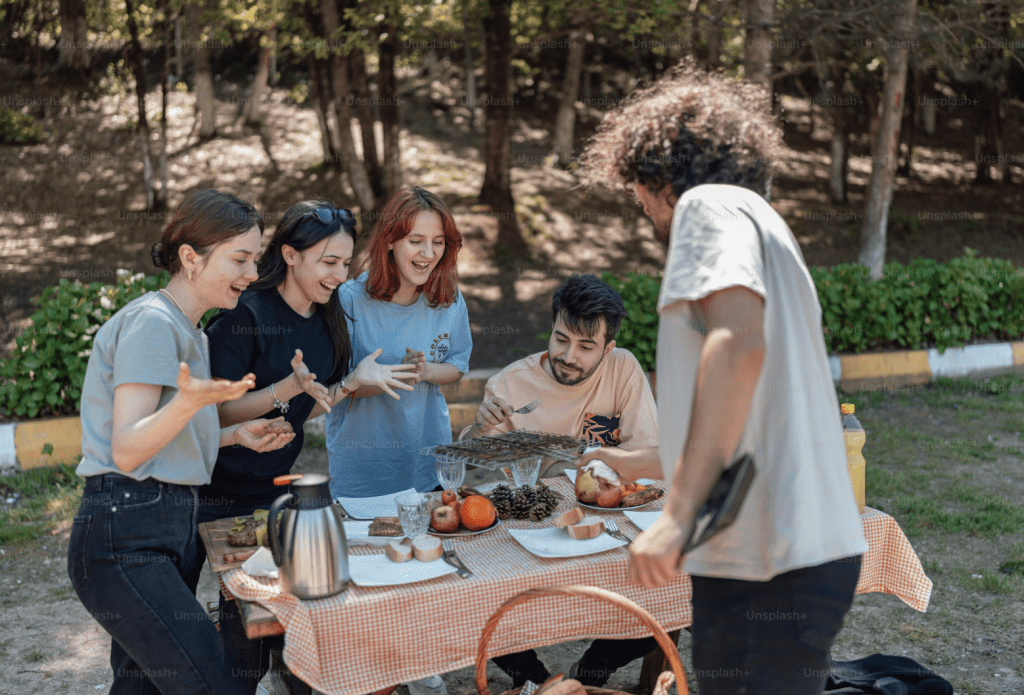Our society is like different patches of cloth pieces, communities attached. Nonprofit organizations are the fabrics that act as the connection between communities and volunteers are the threads that strengthen it. Just like threads, each volunteer is unique and contributes to the design and durability of society differently while following the same mission. While these threads of the organization play an important role in keeping the world and the nonprofit running smoothly, it’s also vital to ensure that they don’t break or fray. Nonprofits are responsible for giving them all the attention and care as retention of these volunteers isn’t limited to keeping them involved. Organizations can use volunteer management software to create an environment where their contributions feel meaningful, their efforts are recognized and appreciated, and their growth is supported.
A small act of recognition like practicing thoughtful volunteer appreciation ideas can create a lasting impression on the members and showcase that their time and efforts truly matter. Combining such initiatives with other strategies to engage and support volunteers, organizations can sow the seed for it to grow into full-fledged, long-term relationships. However, sustainable engagement requires more than one-off gestures, so if you want your volunteers to return year after year, keep reading. In this article, we’ll discuss strategies that’ll help you understand your volunteers’ needs and make them feel like an integral part of the organization.

Strategies to Build a Deeper Connection with the Volunteers to Draw Them Back Year After Year:
Understand Volunteer Motivations and Challenges
Organizations work for distinct causes across the world. When a volunteer wants to join an organization they put a lot of thought into it and have reasons that draw them closer to the organization they end up joining. Whether it’s personal fulfillment, professional development, or passion for a specific cause, organizations need to understand what motivated them to be here and address any challenges they may face. For instance, organizations can use surveys during volunteer recruitment to gather insights about the same and any other needs and expectations like if they prefer weekend opportunities or if they want tasks related to specific skills. This way, nonprofits can give volunteers exactly what they want and make the volunteers feel that their input matters.


Create a Strong Communication Channel
Communication is one of the major ways to make any relationship last longer, whether it’s in your personal or professional life. Just like in any other relationship, volunteers also want to feel informed, valued, and included in their connection with the program. Therefore, organizations should maintain open and consistent communication through emails, newsletters, and regular check-ins. And follow the same while keeping them posted on roles and expectations. Volunteers are motivated to stay when they get regular updates on what’s expected of them and how they’re needed for the success of the program’s mission.


Offer Opportunities for Skill Development
While volunteering is a selfless decision, it’s a mutually beneficial opportunity. On one hand, when organizations benefit from volunteers’ time and skills, on the other, volunteers should also gain something meaningful in return. To achieve this balance, organizations can provide opportunities for skill development like workshops, training sessions, or mentorship opportunities. For instance, if a volunteer is interested in event planning, they could shadow a staff member leading the event management team to learn the ropes. By rendering such opportunities, organizations can enhance volunteers’ personal growth and increase their commitment to the program.


Recognize and Celebrate Contributions
Acknowledging and reciprocating efforts is one of the effective ways organizations can use to keep volunteers engaged. Recognition can be as simple as sending personalized thank-you notes or as elaborate as hosting an annual appreciation event. Whether you highlight their achievements on social media or invite them to attend internal meetings and consider their suggestions, all of these ways make them feel like a valued part of the program. Additionally, public recognition further inspires others to get involved, resulting in the growth of the organization. By creating a culture of gratitude, nonprofits can sow and nurture long-term commitment among volunteers.


Create a Sense of Belonging
Every volunteer joins an organization for a reason special to them. They will only continue to be a part of it when they feel fulfillment and a sense of belonging. To make your volunteers feel like a true part of the team, organizations can create opportunities for interactions and collaborations like social events, team lunches, or informal gatherings. Through such events, volunteers and staff can get to know each other and what connects them to the organization. When they feel like an integral part of the organization among so many others, it makes them a part of a community that supports and motivates each other to stay.


Just like there is a particular way to maintain different fabrics for a longer duration, sustaining long-term volunteer engagement also requires a thoughtful approach. The above-mentioned are some ways you can prioritize your volunteers so that they feel valued and supported. When volunteers themselves see the impact of their efforts and at the same time are recognized for it, they’re more likely to stay involved longer and also encourage their loved ones to become a part of the same. This way, the organization drives its mission and volunteers’ growth forward.
WE SAID THIS: Don’t Miss…Make A Difference With These Charity Organizations During Ramadan



